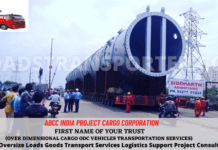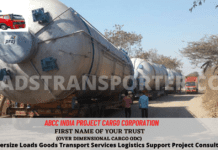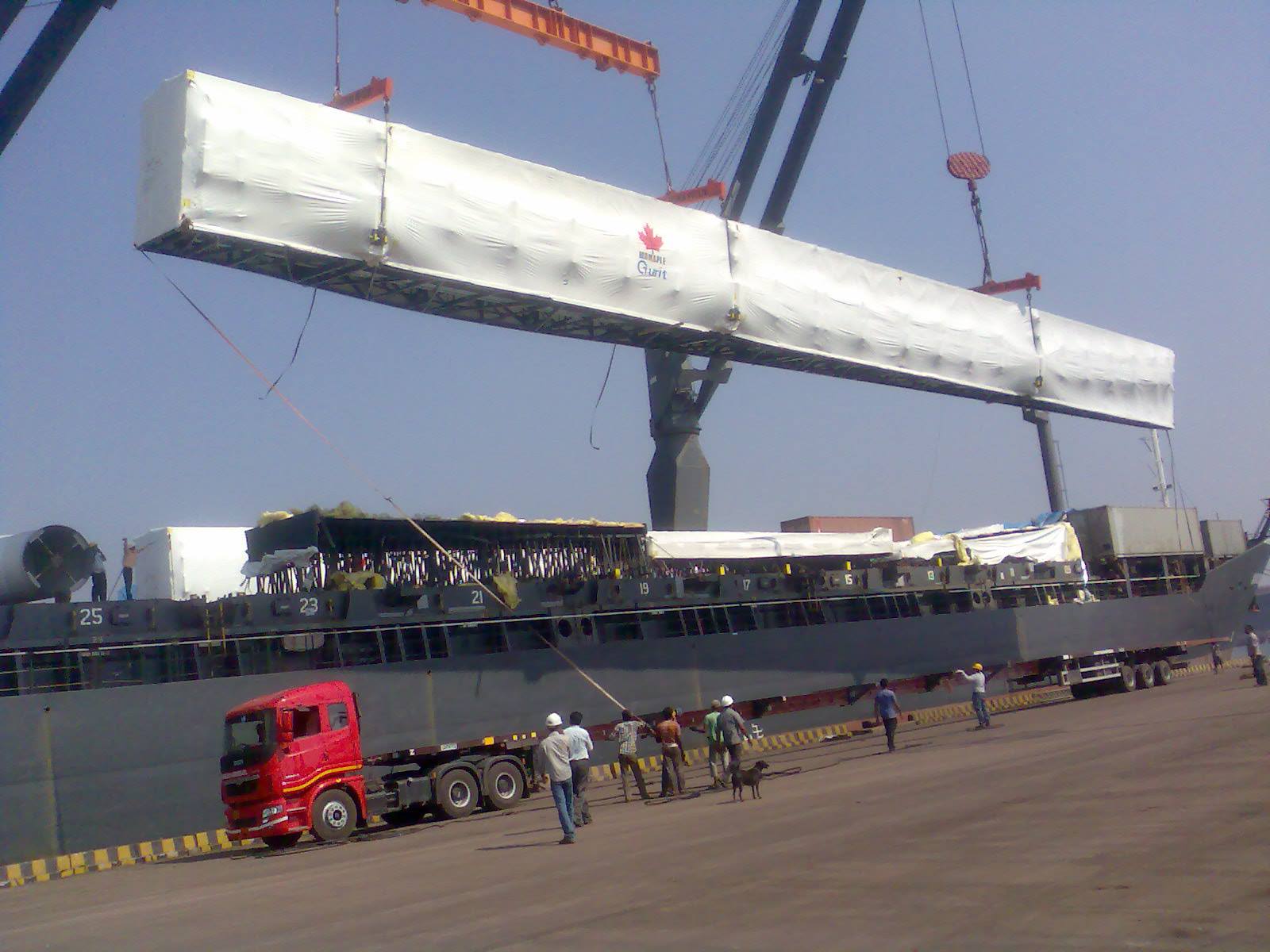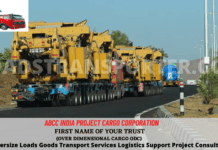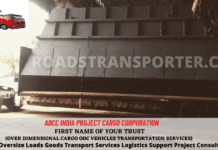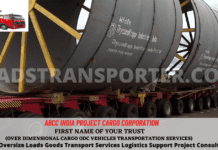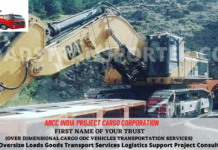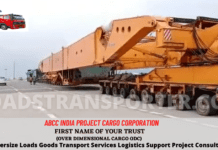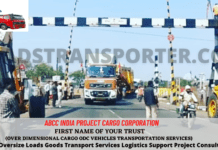Over-dimensional cargo (ODC) in the context of the Goods and Services Tax (GST) refers to goods that exceed the size and weight limitations prescribed under the Motor Vehicles Act, 1988. These limitations are specified in Rule 93 of the Central Motor Vehicle Rules, 1989.
Here are some key points to remember about ODC in GST:
Definition: ODC is cargo that is carried as a single indivisible unit and whose dimensions (length, breadth, or height) exceed the prescribed limits.
Impact on e-way bill validity: The validity of an e-way bill for ODC is one day for every 20 kilometers traveled, instead of the standard 100 kilometers for regular cargo. This is due to the slower speeds at which ODC typically travels.
Documentation requirements: Besides the regular documents required for e-way bill generation, ODC consignments may also need permits from relevant state authorities due to safety concerns.
Here are some examples of ODC:
Project cargo: Heavy machinery, oil and gas modules, wind turbine blades
Construction materials: Bridges, prefabricated structures
Aircraft parts: Fuselages, wings
The transport of ODC attracts additional costs due to:
Specialized equipment: ODC often requires trailers with extended axles or special permits for oversized vehicles.
Route planning: ODC movement may necessitate specific routes to avoid low bridges or narrow roads.
I hope this explanation clarifies the concept of over-dimensional cargo in GST. If you have any further questions, please feel free to ask.

